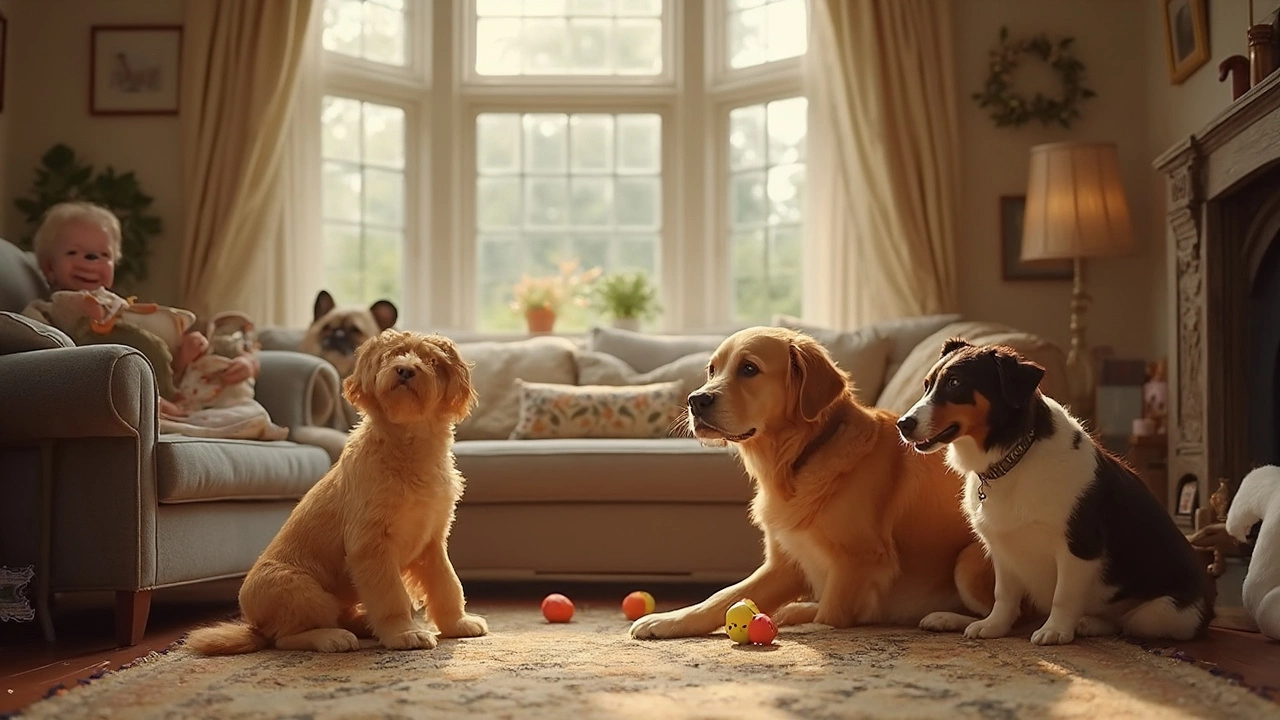Dog Adolescence: What to Expect and How to Help Your Teen Puppy
When your puppy hits the teen years, things can feel a lot like dealing with a human teenager. Mood swings, extra energy, and a need for more freedom show up fast. Understanding the physical and mental changes that happen during dog adolescence lets you stay ahead of the curve and avoid common pitfalls.
Physical and Behavioral Changes in the Teenage Dog
Between about 6 months and 2 years, most dogs hit puberty. Hormones surge, causing a growth spurt, a deeper bark, and sometimes a sudden interest in marking territory. You might notice your dog becoming more curious about other dogs, testing boundaries, or trying to assert dominance.
Teens also need extra calories for growth, but they’re not always the best eaters. Some will overeat, while others become picky. Their teeth are still coming in, so chew toys that are soft enough not to damage new teeth but tough enough to keep them busy are key.
Training-wise, the teen dog may forget basics they learned as a puppy. That’s normal – their brain is rewiring. Expect short attention spans and a need for fresh challenges to keep them engaged.
Practical Tips to Support Your Adolescent Dog
1. Adjust Nutrition. Switch to a high‑protein, balanced diet formulated for “all life stages” or “large breed junior” if your dog is big. Feed smaller, frequent meals to match their growing metabolism and prevent digestive upset.
2. Keep Training Fun. Use short 5‑minute sessions, mix up commands, and add new tricks. Positive reinforcement works best – treat, praise, and play keep the teen motivated.
3. Provide Structured Play. A daily outlet for that extra energy is a must. Long walks, fetch, or puzzle toys help burn off excess stamina and curb destructive behavior.
4. Socialize Safely. Arrange controlled meet‑ups with calm, vaccinated dogs. Socializing now reduces fear and aggression later, but avoid overwhelming your pup with too many new dogs at once.
5. Set Consistent Boundaries. If your dog tries to jump on furniture or steal food, redirect them calmly and reward the right behavior. Consistency tells the teen dog what’s acceptable.
6. Monitor Health. Schedule a vet check‑up during the teen stage to catch any growth‑related issues, like hip dysplasia or dental problems. Ask about spaying or neutering at the appropriate age – it can calm hormonal urges and prevent unwanted litters.
Remember, the teen years are a critical window for shaping a well‑adjusted adult dog. By staying patient, offering proper nutrition, and keeping training fresh, you’ll guide your adolescent pup through the chaos and set them up for a calm, happy life.
Got a specific teen‑dog problem? Drop a comment or share your story – the community learns best from real experiences.

When Is a Puppy Not a Puppy? Understanding the Real Transition
Puppies don't stay tiny and clumsy forever, but exactly when do they stop being puppies? This article breaks down the transition from puppyhood to adulthood, looking at what changes physically, mentally, and socially. You'll find out how breed sizes play a big role, how behavior shifts over time, and why your 'little baby' may start acting more like a moody teenager. There are practical tips to spot the signs of growing up and advice for handling those awkward in-between months. If you're raising a pup, this guide is your go-to for understanding when your dog truly leaves puppyhood behind.
View more